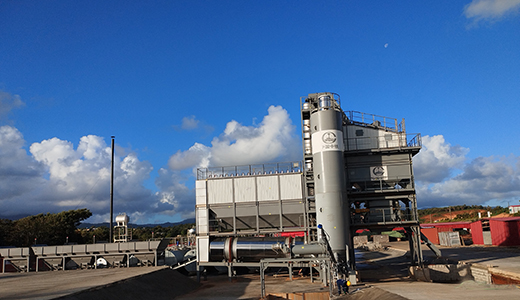An overview of Asphalt Concrete Plants, detailing their importance in producing asphalt concrete for road construction, the production process, types of plants, and the incorporation of environmental sustainability practices.

An overview of Asphalt Concrete Plants, detailing their importance in producing asphalt concrete for road construction, the production process, types of plants, and the incorporation of environmental sustainability practices.
Content Disclaimer
The content provided on this website is for informational purposes only. Some of the information, articles, images, and other materials available on this site may be sourced from third-party websites and public domain resources. While we make every effort to ensure the accuracy and reliability of the information, we do not take responsibility for the content provided by external sources.
Ensure asphalt mixing plant reliability with key maintenance practices: daily inspections of equipment, regular cleaning, lubrication, and comprehensive maintenance. Conduct safety checks on electrical, pneumatic, and hydraulic systems. Train maintenance staff to ensure proper equipment care and operation.